Home>Renovation & DIY>Tools & Equipment>What Is Fine Sandpaper Grit


Tools & Equipment
What Is Fine Sandpaper Grit
Modified: January 4, 2024
Learn about the different grits of fine sandpaper and how they are used in tools and equipment for various projects. Understand the importance of choosing the right sandpaper grit for a smooth finish.
(Many of the links in this article redirect to a specific reviewed product. Your purchase of these products through affiliate links helps to generate commission for Storables.com, at no extra cost. Learn more)
Introduction
Welcome to the world of sandpaper, where the grit makes all the difference. Whether you’re a seasoned woodworker, a DIY enthusiast, or someone simply looking to spruce up their living space, understanding the nuances of sandpaper grit is crucial for achieving a flawless finish. In this article, we’ll delve into the realm of fine sandpaper grit, exploring its significance, various sizes, and common applications.
So, what exactly is fine sandpaper grit, and why does it matter? Let’s embark on a journey to uncover the intricacies of this essential tool, shedding light on its role in the realm of woodworking, metalworking, and beyond. By the end of this read, you’ll have a newfound appreciation for the impact of fine sandpaper grit and how it can elevate your crafting and refurbishing endeavors.
Key Takeaways:
- Fine sandpaper grit, with its smaller, densely packed abrasive particles, is perfect for achieving a smooth, polished finish on wood, metal, and drywall surfaces.
- Understanding different grit sizes empowers craftsmen to select the most suitable abrasive for their projects, ensuring optimal results and efficiency.
Read more: What Grit Sandpaper For Plastic
Understanding Sandpaper Grit
At the heart of every sanding project lies the concept of grit, a measure of the abrasive particles embedded in the sandpaper. Grit size directly influences the sandpaper’s cutting power and its ability to smooth surfaces. When it comes to fine sandpaper grit, we’re delving into the higher end of the grit spectrum, where precision and finesse take center stage.
Fine sandpaper grit is characterized by its smaller, more densely packed abrasive particles. These particles, often made of aluminum oxide or silicon carbide, are meticulously graded to ensure uniformity and consistency. The grit size, typically ranging from 240 to 600, denotes the number of abrasive particles per square inch of the sandpaper’s surface. The higher the grit number, the finer and less aggressive the sandpaper, making it ideal for achieving a smooth, polished finish.
When using fine sandpaper grit, it’s essential to understand its role in the sanding process. Unlike coarser grits that excel at rapid material removal, fine grits are adept at refining surfaces, eliminating imperfections, and preparing them for painting, staining, or sealing. Whether you’re working on wood, metal, or drywall, fine sandpaper grit is your go-to for achieving that coveted silky-smooth texture.
Now that we’ve grasped the essence of fine sandpaper grit, let’s dive deeper into the realm of grit sizes and their respective applications, unraveling the art of choosing the right grit for your specific project.
Different Grit Sizes
Within the spectrum of sandpaper grit sizes, each designation serves a distinct purpose, catering to specific stages of the sanding process. Understanding the range of grit sizes empowers craftsmen to select the most suitable abrasive for their projects, ensuring optimal results and efficiency.
1. Extra Fine Grit (600-800): At the zenith of the grit scale, extra fine sandpaper excels in delivering impeccable finishes. Its ultra-fine particles delicately smooth surfaces, making it indispensable for achieving a flawless, glass-like sheen on wood, metal, or automotive finishes. This grit size is ideal for the final stages of sanding, preparing the surface for staining, varnishing, or painting.
2. Fine Grit (400-600): Fine sandpaper strikes a balance between refining surfaces and retaining ample cutting power. It adeptly removes minor imperfections, blemishes, and surface irregularities, leaving behind a smooth, uniform substrate. Whether you’re prepping wood for a pristine coat of paint or refining metal components, fine grit sandpaper ensures a professional-grade finish.
3. Medium Grit (100-240): Positioned at the mid-range of the grit spectrum, medium grit sandpaper is a versatile workhorse, capable of both material removal and surface refinement. It efficiently tackles rough patches, uneven surfaces, and light rust, making it a staple in woodworking, metalworking, and automotive applications.
4. Coarse Grit (40-100): Coarse sandpaper, with its robust abrasive particles, is engineered for rapid material removal. It’s the go-to choice for leveling surfaces, stripping paint, and smoothing out pronounced imperfections. Whether you’re rejuvenating weathered furniture or prepping a metal surface for welding, coarse grit sandpaper is your trusted ally in the initial stages of the sanding process.
By comprehending the diverse grit sizes and their corresponding functions, craftsmen can strategically maneuver through the sanding journey, seamlessly transitioning from aggressive material removal to refined surface enhancement. The judicious selection of grit sizes empowers artisans to achieve their desired finish with precision and finesse, elevating the quality and aesthetic appeal of their handiwork.
Fine sandpaper grit, such as 220-400, is best for smoothing and finishing surfaces. It’s great for removing small imperfections and preparing surfaces for painting or staining.
Common Uses of Fine Sandpaper Grit
Embracing the realm of fine sandpaper grit unveils a myriad of applications across various crafting and refurbishing endeavors. Its refined abrasive composition and meticulous craftsmanship make it an indispensable tool for achieving impeccable finishes and surface perfection.
1. Woodworking: Fine sandpaper grit is a woodworker’s best-kept secret for achieving velvety-smooth surfaces. Whether you’re refining intricate joinery, preparing wooden panels for staining, or meticulously sanding curved contours, fine grit sandpaper ensures a flawless, blemish-free finish. It’s also instrumental in between-coat sanding, where it delicately smoothens the surface between layers of varnish or lacquer, culminating in a lustrous, mirror-like sheen.
2. Metalworking: When it comes to metal fabrication and restoration, fine sandpaper grit plays a pivotal role in refining metal surfaces, removing oxidation, and prepping them for painting or coating. It delicately buffs out imperfections, rust spots, and blemishes, leaving behind a pristine, polished metal finish. Whether you’re restoring vintage car components or crafting custom metalwork, fine grit sandpaper ensures a professional-grade outcome.
3. Automotive Refinishing: Fine sandpaper grit is a staple in the automotive industry, where it’s utilized for wet sanding between clear coat layers, polishing out minor imperfections, and achieving a showroom-worthy finish. Its ability to delicately abrade clear coats and automotive finishes makes it an essential tool for achieving a flawless, glossy surface, elevating the visual appeal of vehicles and custom automotive projects.
4. Drywall Finishing: Fine sandpaper grit is indispensable for achieving seamless, uniform drywall finishes. Whether you’re repairing minor blemishes or preparing the drywall surface for painting, fine grit sandpaper ensures a smooth, immaculate substrate, ready to receive a pristine coat of paint or texture.
5. Furniture Refurbishment: From refinishing antique furniture to rejuvenating weathered wooden surfaces, fine sandpaper grit is instrumental in delicately smoothing out imperfections, preparing the surface for staining or painting, and achieving a luxurious, satin-smooth texture. It’s the go-to abrasive for achieving a professional-grade finish, breathing new life into worn-out furniture pieces.
By harnessing the precision and finesse of fine sandpaper grit, craftsmen across diverse disciplines elevate the quality and aesthetic appeal of their creations. Its versatility and efficacy in refining surfaces, eliminating imperfections, and achieving flawless finishes make it an indispensable ally in the realm of crafting, restoration, and refurbishment.
Conclusion
As we conclude our exploration of fine sandpaper grit, we’ve unraveled its pivotal role in the realms of woodworking, metalworking, automotive refinishing, and beyond. The meticulous grading and composition of fine grit sandpaper empower craftsmen to achieve impeccable finishes, refine surfaces, and elevate the aesthetic appeal of their creations.
From the delicate art of wood finishing to the precision of automotive restoration, fine sandpaper grit stands as a testament to the marriage of craftsmanship and technology. Its ability to delicately smooth surfaces, eliminate imperfections, and prepare substrates for painting, staining, or coating makes it an indispensable tool in the arsenal of artisans and craftsmen.
By understanding the nuances of grit sizes, from extra fine to fine, and harnessing their respective applications, craftsmen can navigate the sanding journey with finesse and precision. Whether it’s achieving a mirror-like sheen on wood, refining metal surfaces to perfection, or polishing automotive finishes to a showroom-worthy luster, fine sandpaper grit serves as a catalyst for flawless outcomes.
As you embark on your next crafting or refurbishing endeavor, may the knowledge and appreciation of fine sandpaper grit infuse your work with precision, refinement, and a touch of artistry. Embrace the transformative power of fine grit sandpaper, where every stroke brings you closer to a flawless finish, and every surface reflects the hallmark of meticulous craftsmanship.
So, the next time you reach for that fine sandpaper grit, envision it as more than just an abrasive tool – it’s a conduit for perfection, a vehicle for craftsmanship, and a testament to the pursuit of excellence in every facet of your creations.
Frequently Asked Questions about What Is Fine Sandpaper Grit
Was this page helpful?
At Storables.com, we guarantee accurate and reliable information. Our content, validated by Expert Board Contributors, is crafted following stringent Editorial Policies. We're committed to providing you with well-researched, expert-backed insights for all your informational needs.

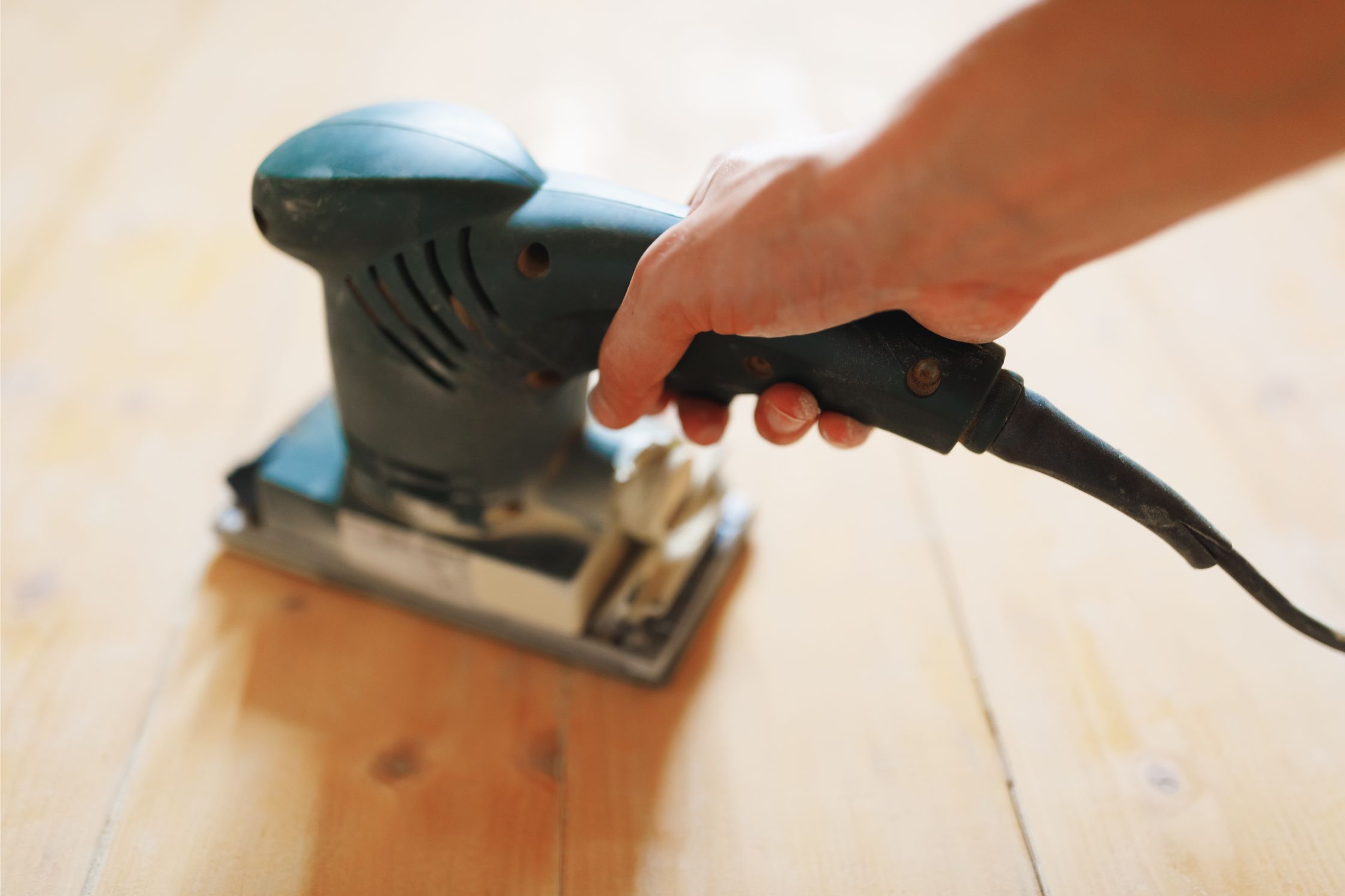
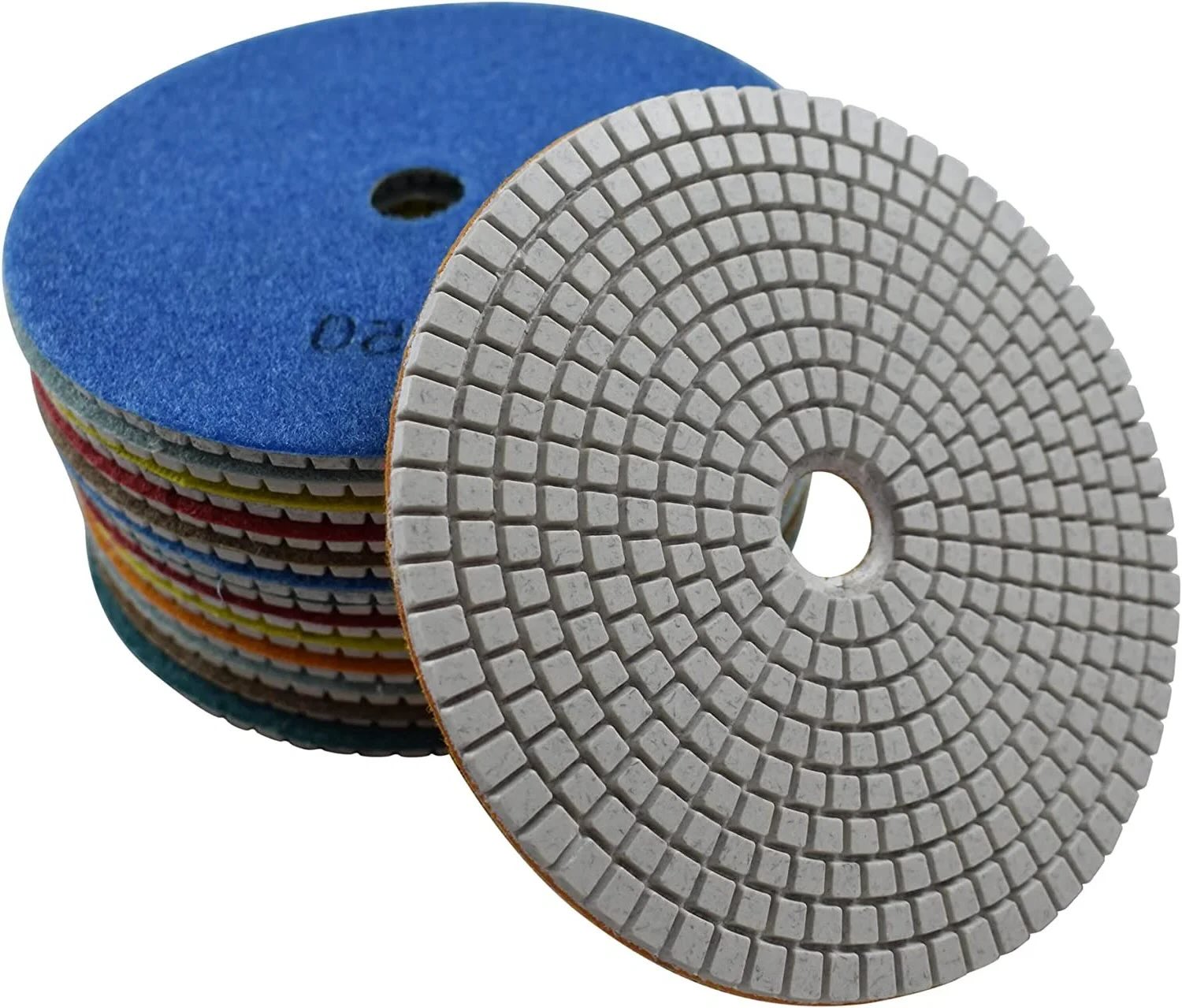
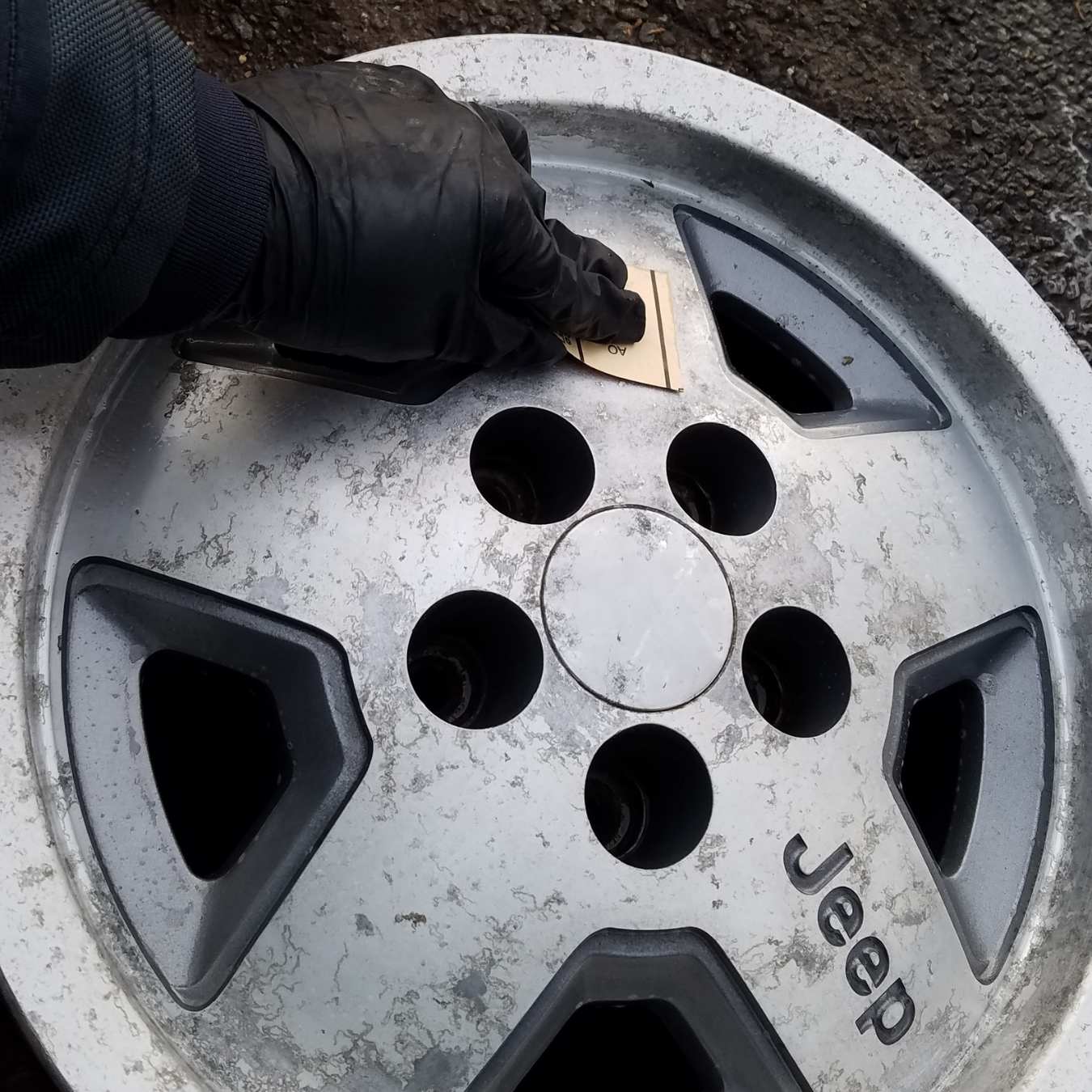

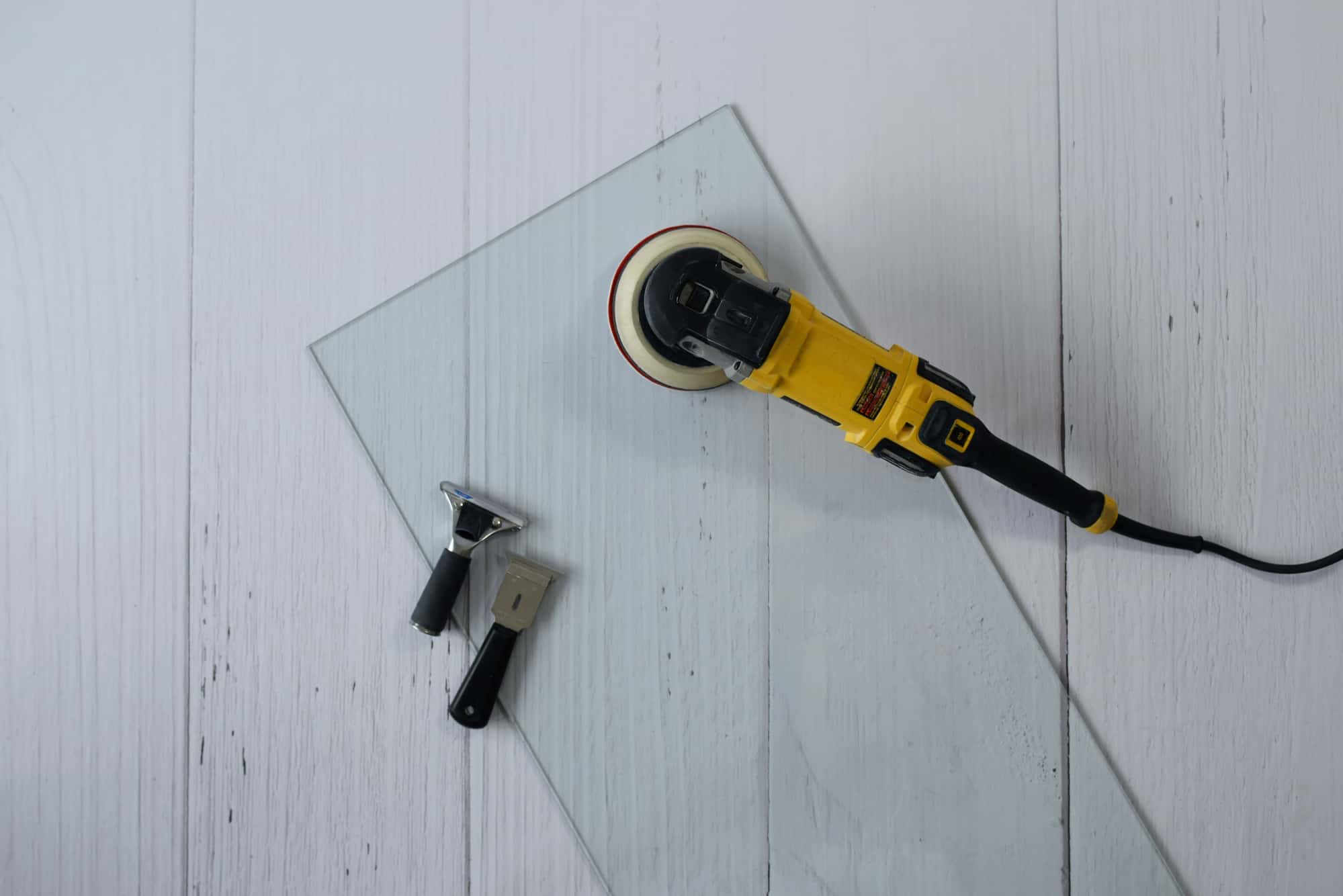

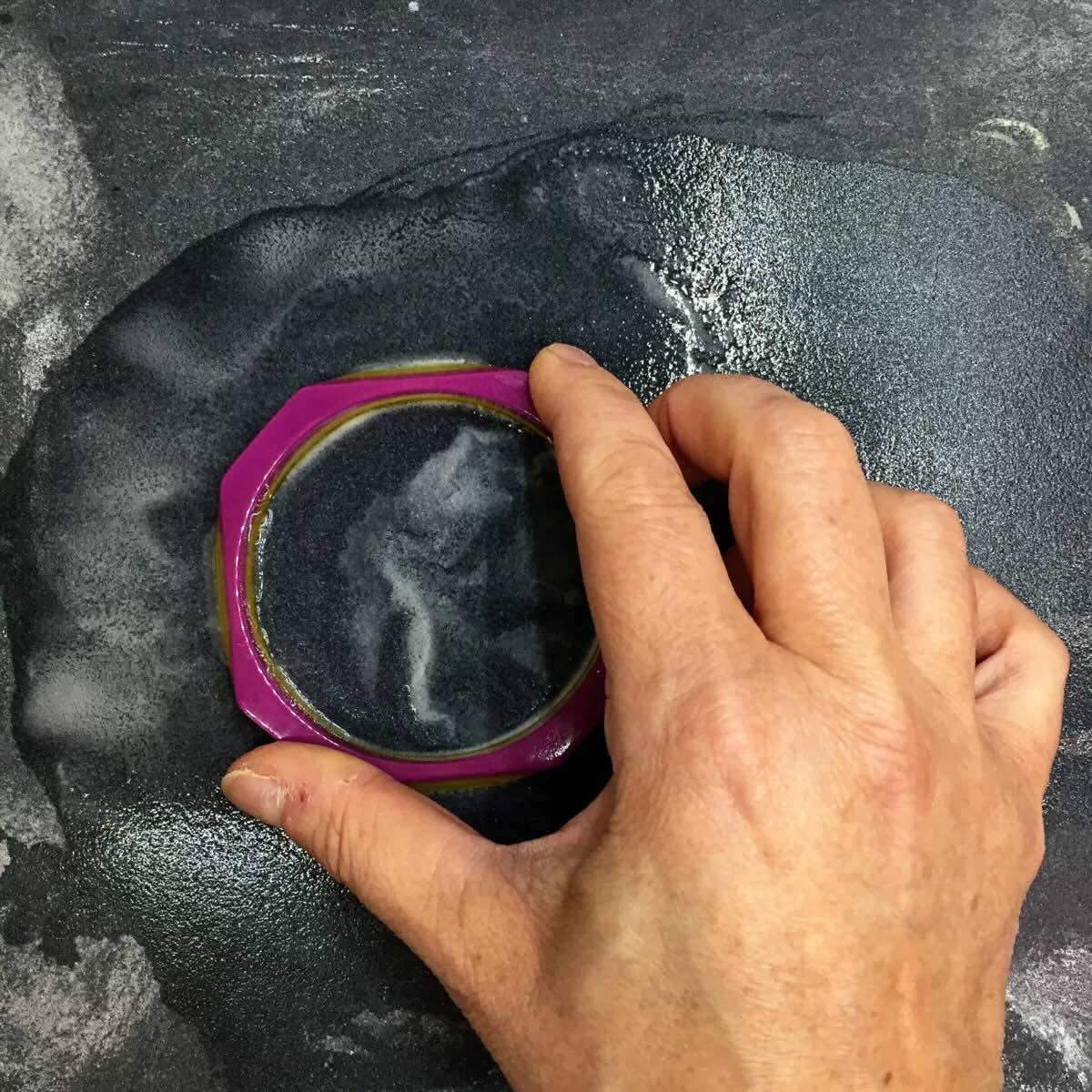
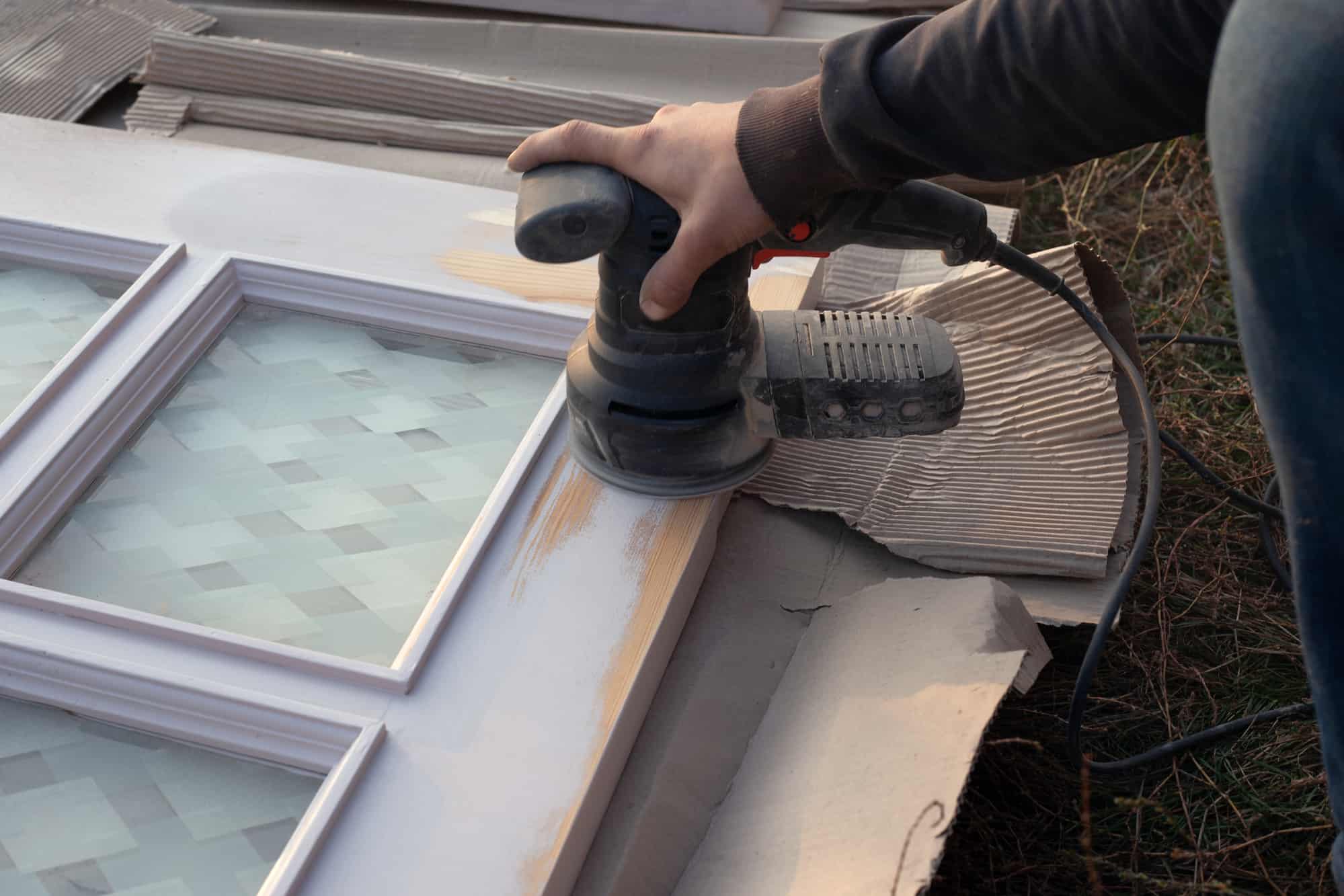
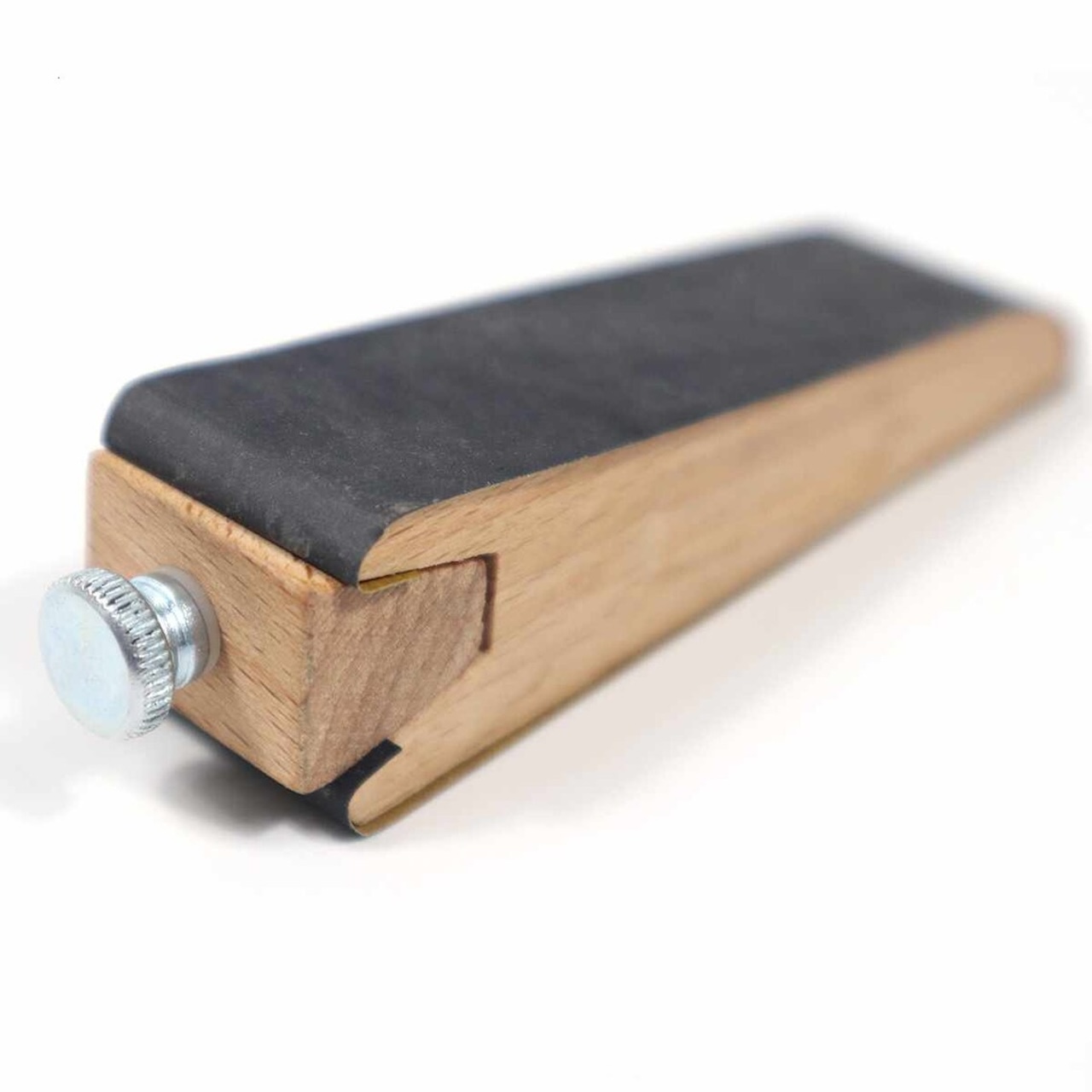
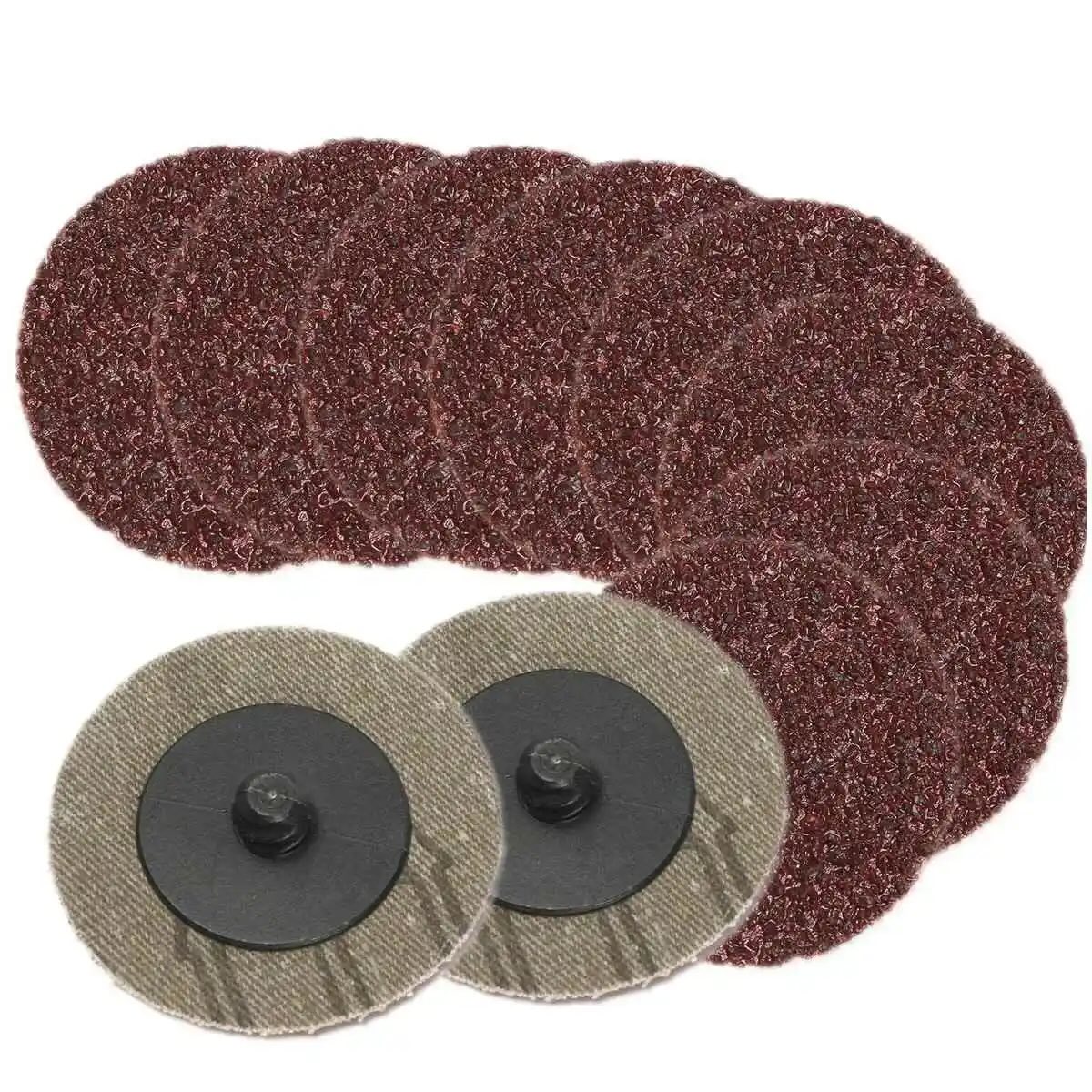
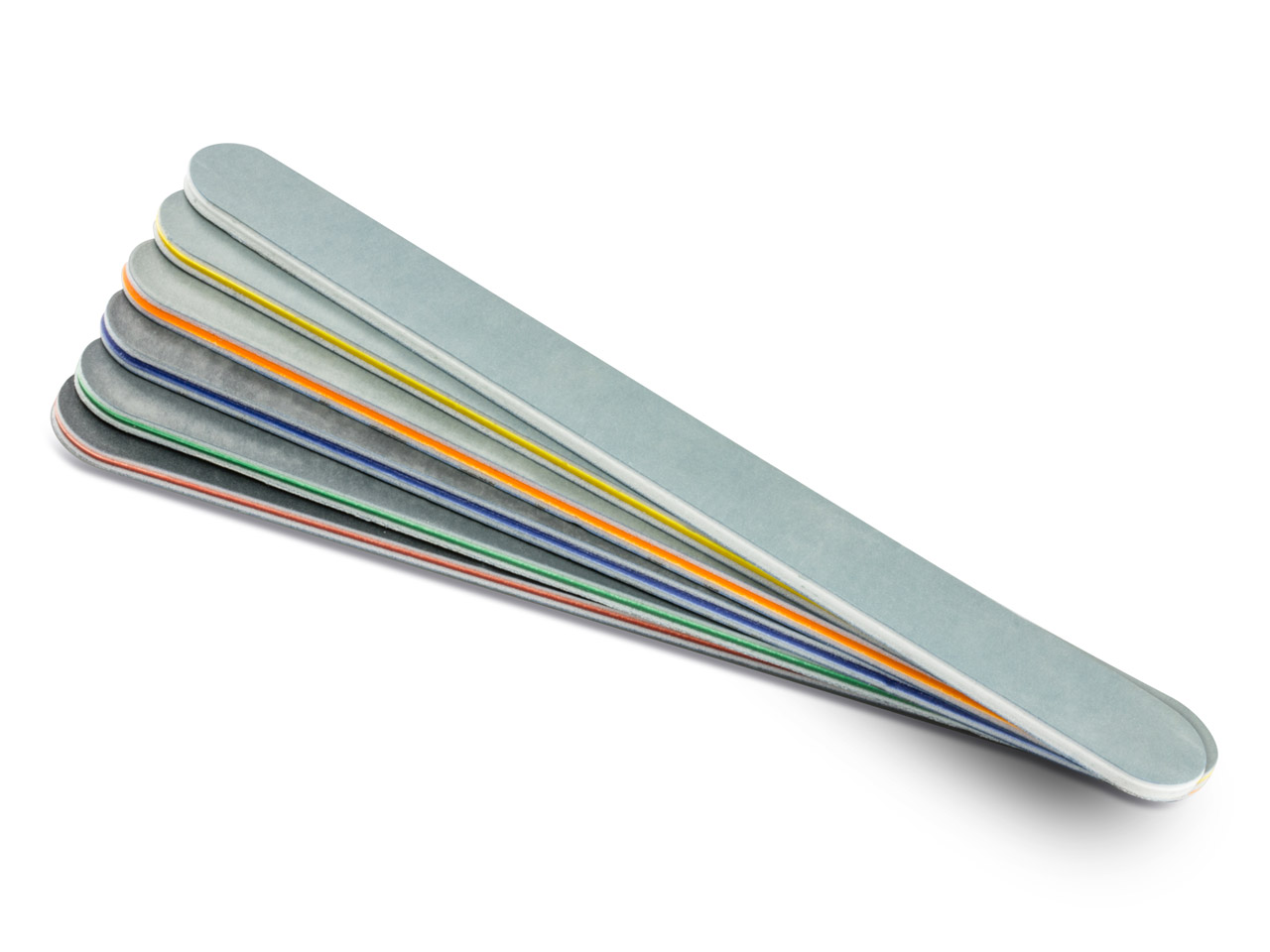
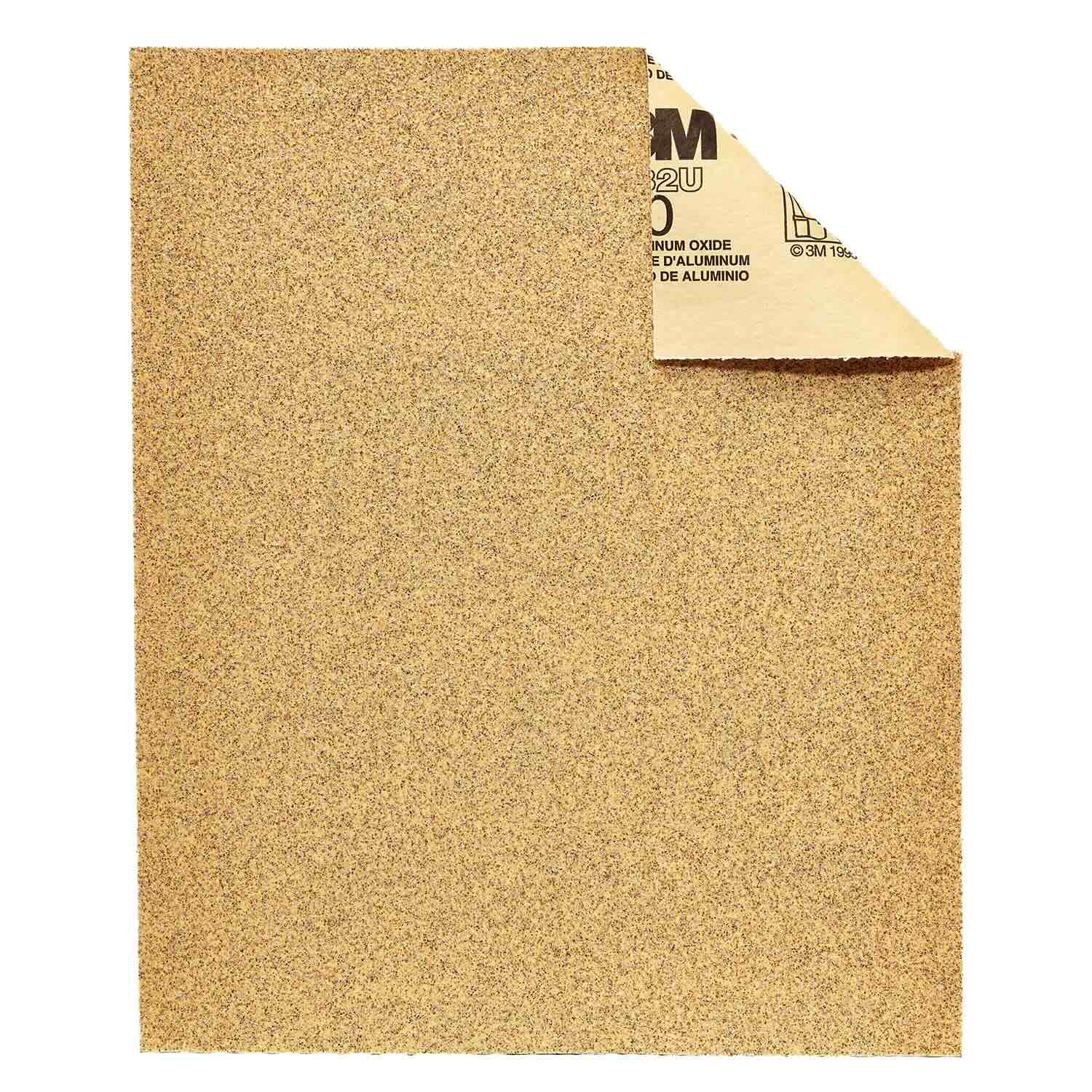
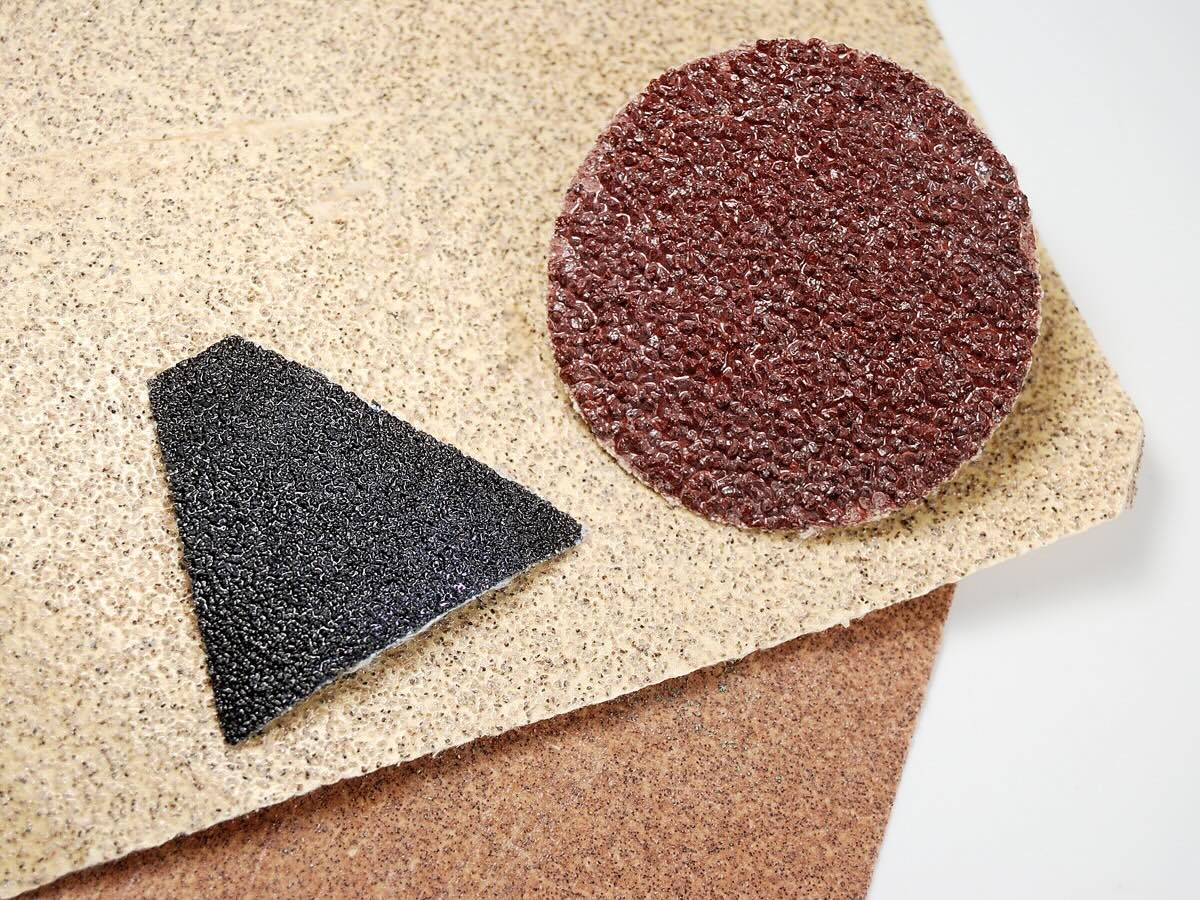
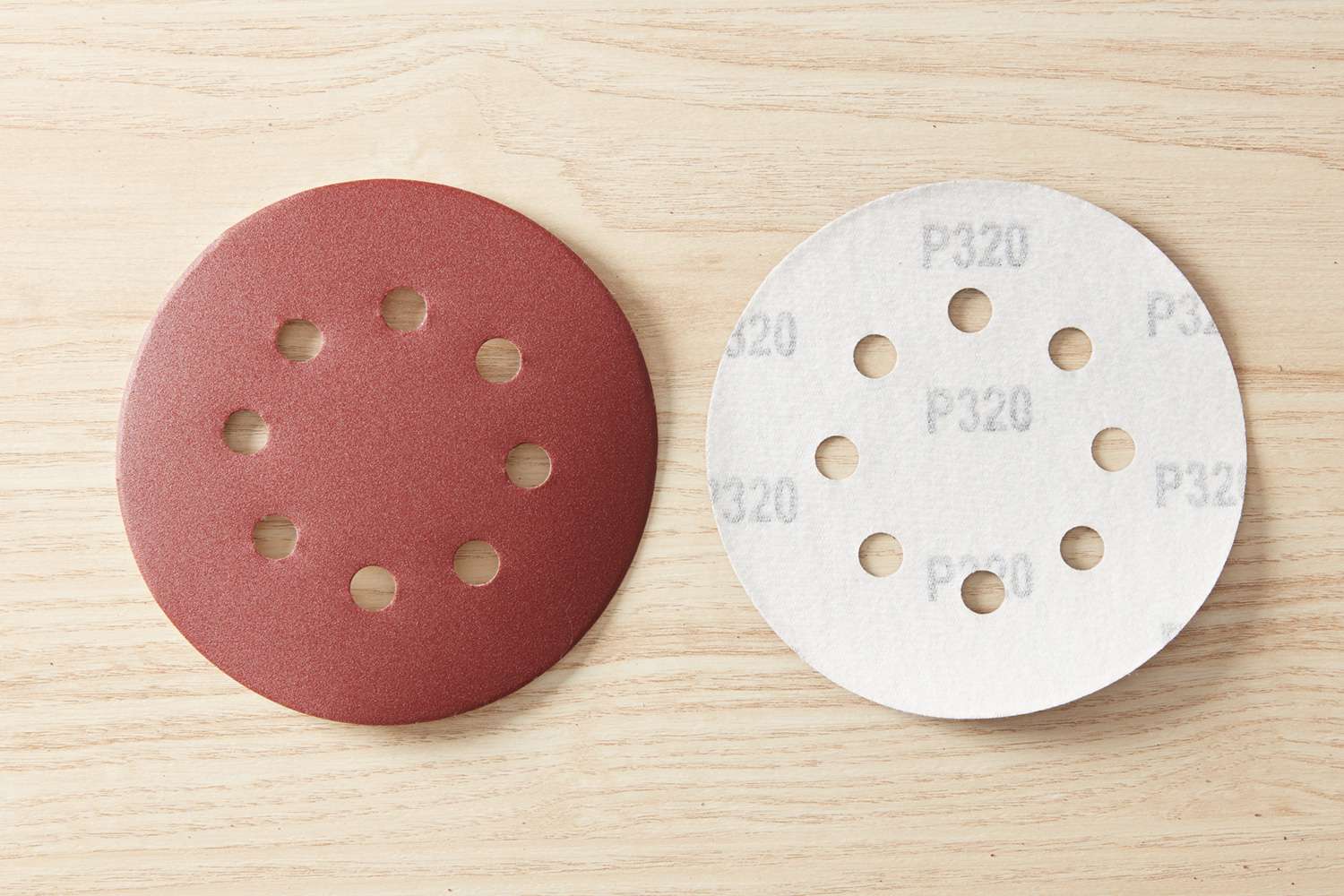

0 thoughts on “What Is Fine Sandpaper Grit”